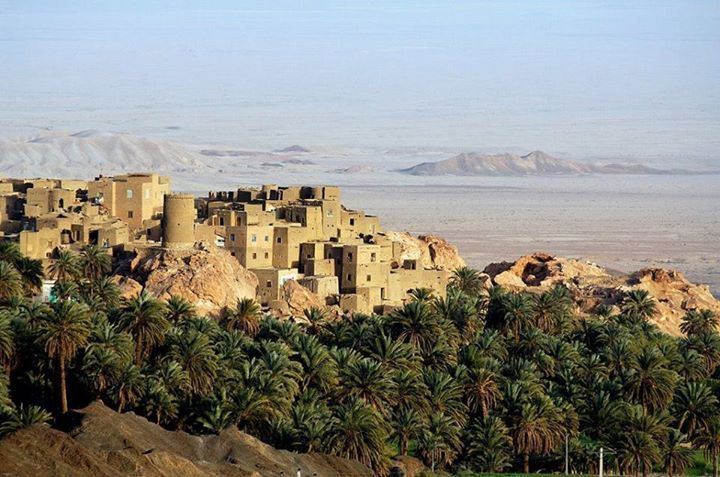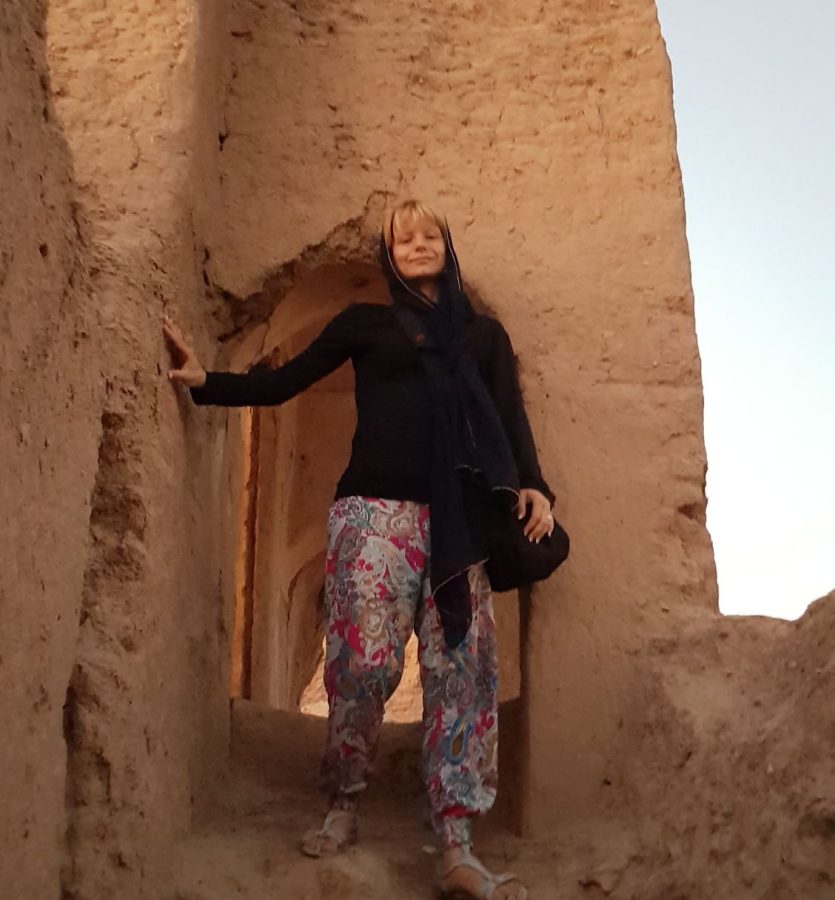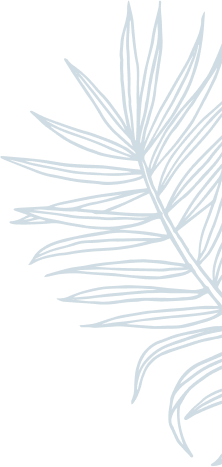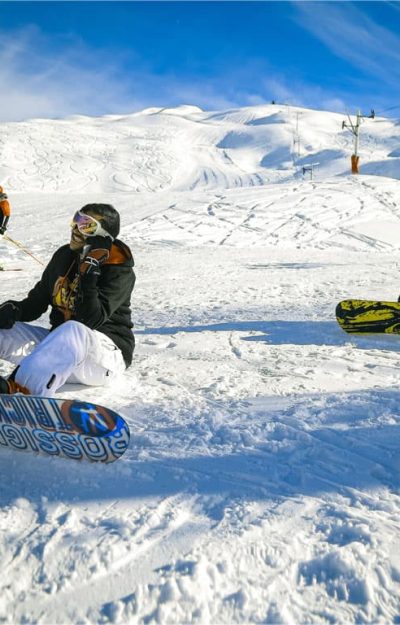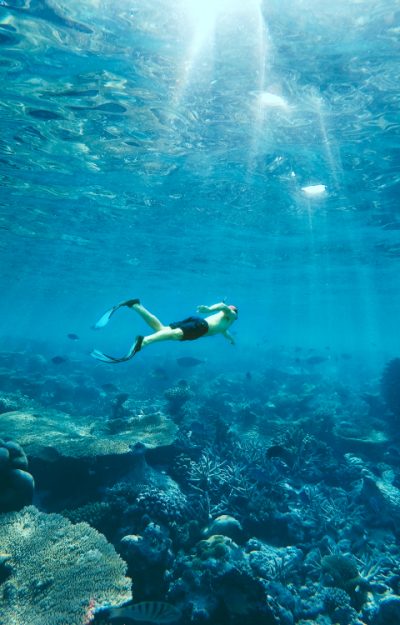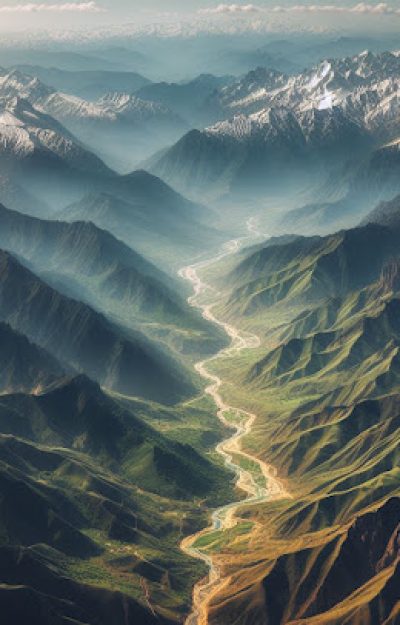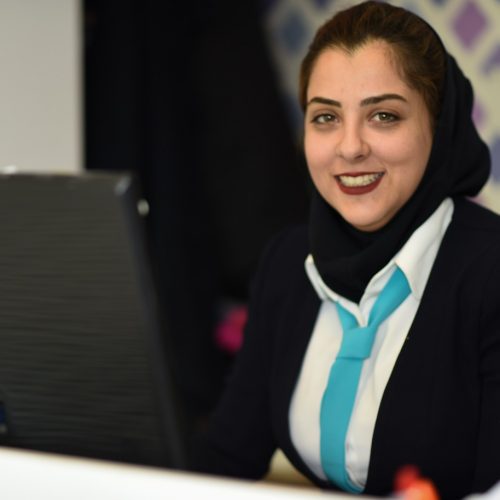Ensuring Safety in Old Deyhuk: A Traveler’s Guide
The remote charm of Old Deyhuk village offers a unique glimpse into rural Iranian life. While inherently safe, here are some best practices to ensure a smooth and worry-free journey:
Sicurezza generale:
- Registratevi presso la vostra ambasciata: Informate l'ambasciata o il consolato dei vostri piani di viaggio e del vostro itinerario. In questo modo potranno assistervi in caso di emergenza.
- Essere consapevoli dell'ambiente circostante: Stay vigilant in crowded areas and be careful of pickpockets.
- Rispettare le usanze locali: Dress modestly, especially in religious places. Avoid public displays of affection.
- Imparare il farsi di base: Conoscere alcune frasi chiave può aiutarvi a comunicare e a navigare con sicurezza. Considerate la possibilità di scaricare applicazioni di traduzione come Google Translate per l'uso offline.
- Acquistare un'assicurazione di viaggio: Procuratevi un'assicurazione di viaggio completa che copra le emergenze mediche, la cancellazione del viaggio e lo smarrimento del bagaglio.
Traveling to Old Deyhuk:
- Utilizzare un mezzo di trasporto autorizzato: Stick to licensed taxis, buses, or car rentals when traveling from larger cities like Birjand or Tabas to Old Deyhuk. Avoid getting into unmarked vehicles.
- Conservare gli oggetti di valore in modo sicuro: Conservate il passaporto, il denaro e i documenti importanti in un luogo sicuro, come una cintura portavalori o la cassaforte dell'hotel.
- Scaricare le mappe offline: Download Google Maps or other navigational apps for offline use, especially in rural areas with limited internet connectivity.
Safety in Old Deyhuk Village:
- Local Security: While no specific police station addresses are available for Old Deyhuk due to its small size,you can seek assistance from village elders or community leaders. Local authorities in nearby Deyhuk-e Jadid (New Deyhuk) are a further option:
- Deyhuk-e Jadid Police Station: Deyhuk-e Jadid, South Khorasan Province. Phone: +98 57 3234 2010
- Prestare attenzione all'ambiente circostante: While the village is generally safe, stay cautious at night, especially when unfamiliar with the terrain.
- Rispettare le tradizioni locali: Chiedere il permesso prima di fotografare le persone, soprattutto le donne. Tenete conto dei siti e delle usanze religiose.
- Fidatevi del vostro istinto: Se vi sentite a disagio in una qualsiasi situazione, scusatevi gentilmente e spostatevi in un luogo più sicuro.
Suggerimento bonus: Rimanete informati sugli eventi attuali e sugli avvisi di viaggio per l'Iran. Visitate il sito web del vostro governo per informazioni aggiornate sulla regione.
Remember, Old Deyhuk villagers are known for their warm hospitality. By following these simple precautions and respecting local customs, you can ensure a safe and enjoyable journey through this captivating village. Embrace the opportunity to connect with the community and experience rural Iranian life in its authentic form.
Risorse aggiuntive:
- Google Maps
- Frasario Iran di Lonely Planet
May your exploration of Old Deyhuk be filled with wonder, discovery, and peace of mind!
